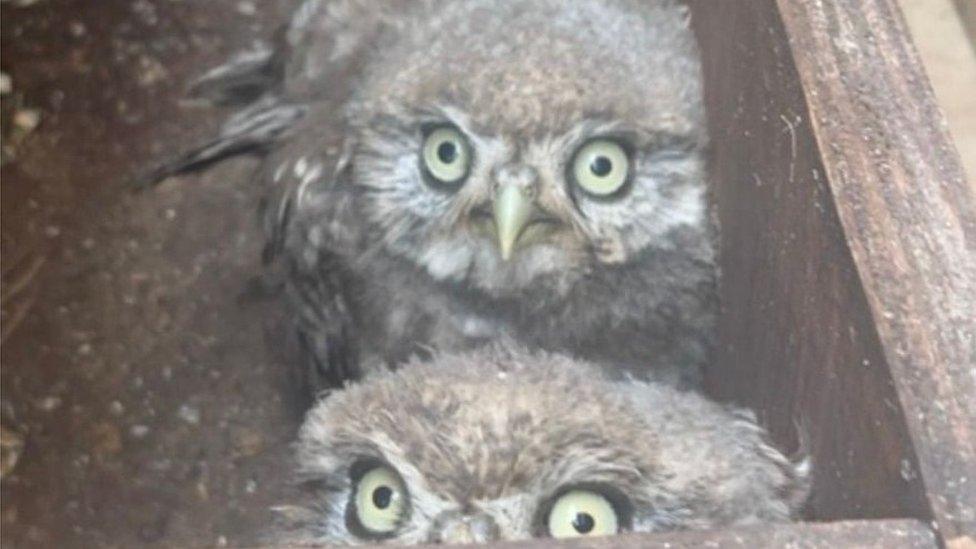How have bats inspired a FANG-tastic new phone technology?
- Published
- comments
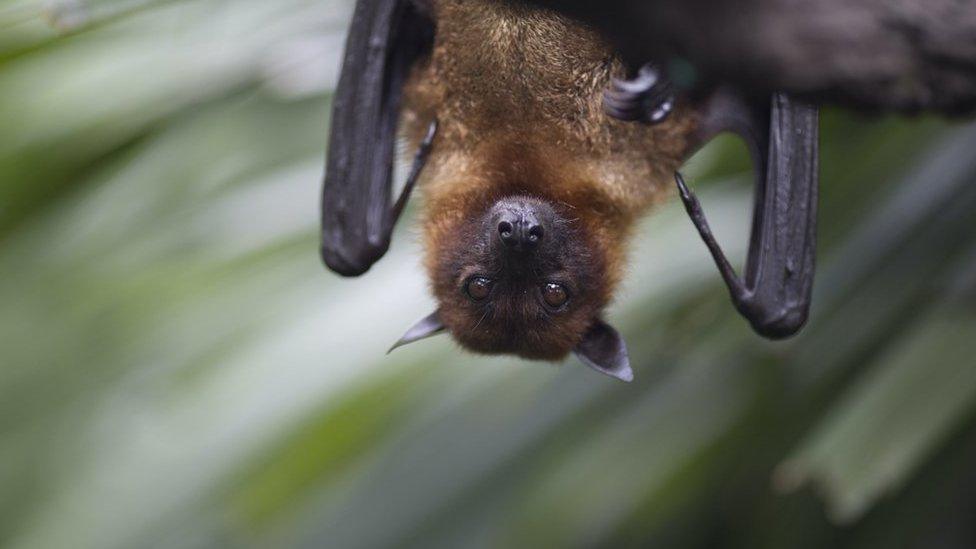
Scientists say they have created a tool that can produce images from sound, in a similar way to bats.
Bats use something called echolocation to hunt and navigate - they produce clicks that bounce off objects to give them a picture of their environment.
The new tech could give devices like smartphones and laptops a bat-like sense of their surroundings too.
The tool has been developed by experts at the University of Glasgow and can measure echoes and sounds to make images and map shapes, sizes and layouts, wherever it is.
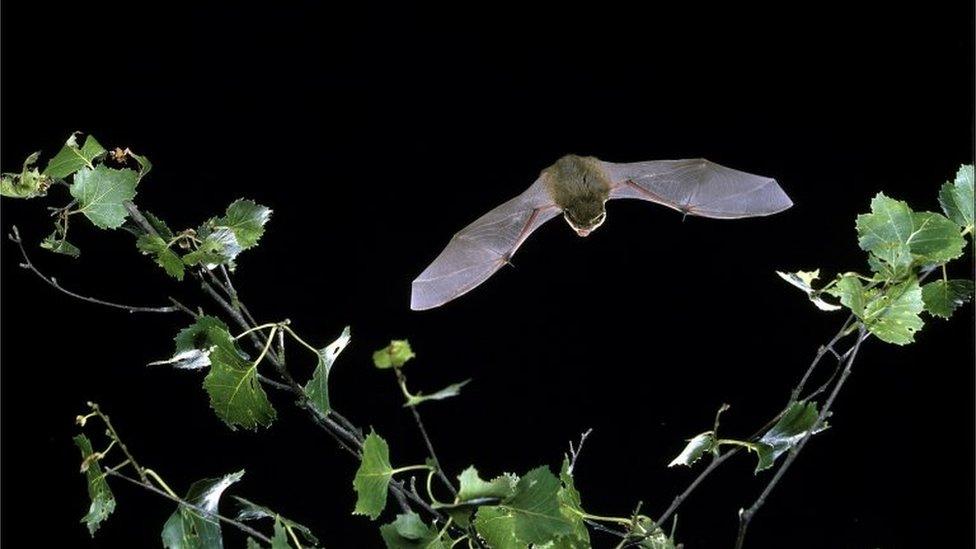
Bats use something called echolocation to hunt and navigate
It could work on any device with a microphone and speakers or radio antennae.
Researchers hope the new tech could detect unwanted intruders in buildings, protect vulnerable patients in nursing homes by tracking their movements, and even monitor the bodies of patients in hospitals to alert doctors and nurses to changes in their breathing.
Dr Alex Turpin and Dr Valentin Kapitany, of the University of Glasgow's School of Computing Science and School of Physics and Astronomy, are working together on the research.
Dr Turpin said: "Echolocation in animals is a remarkable ability, and science has managed to recreate the ability to generate three-dimensional images from reflected echoes in a number of different ways, like Radar and LiDAR.
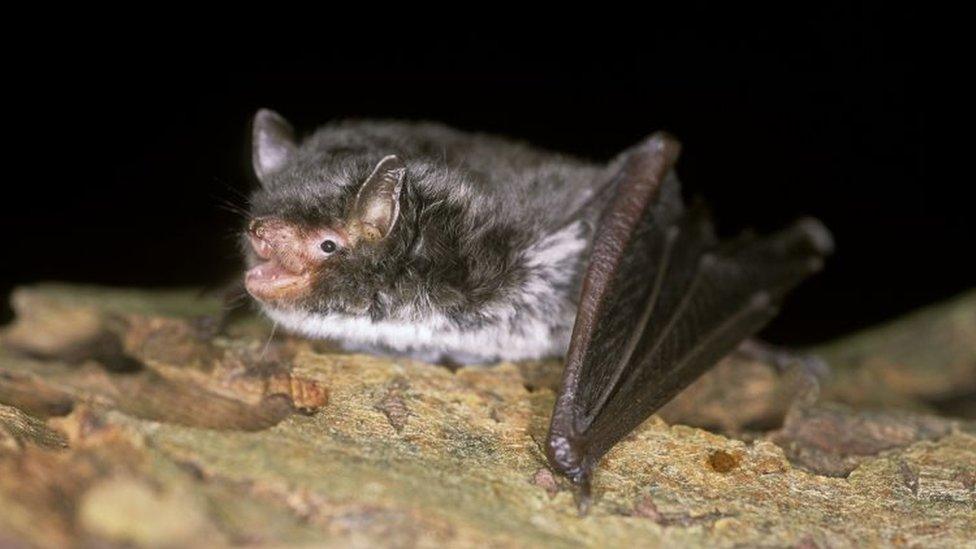
Bats are the most widespread mammal on Earth
"What sets this research apart from other systems is that, firstly, it requires data from just a single input - the microphone or the antenna - to create three-dimensional images. Secondly, we believe that the algorithm we've developed could turn any device with either of those pieces of kit into an echolocation device.
"That means that the cost of this kind of 3D imaging could be greatly reduced, opening up many new applications.
"It's clear that there is a lot of potential here for sensing the world in new ways, and we're keen to continue exploring the possibilities of generating more high-resolution images in the future."
The research, "3D imaging from multipath temporal echoes", is published in the journal Physical Review Letters.
- Published7 September 2021
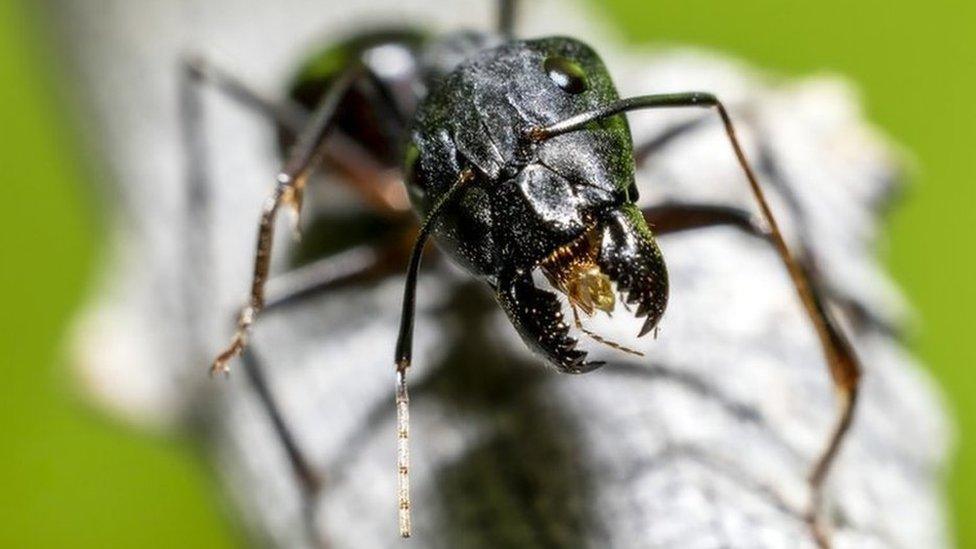
- Published10 April 2019

- Published5 July 2023
